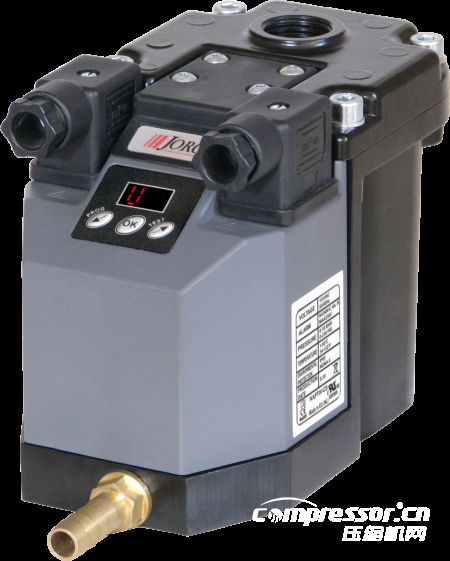JORC SMART-GUARD-D-LUX addresses bacteria growth in condensate drains
October 30, 2019
Stagnant water can be dangerous because it provides a better incubator than running water for many kinds of bacteria and parasites. This can also be the case with stagnant condensate in compressed air systems.
Level sensing drains have condensate reservoirs in which the condensate is collected. If the drain is oversized or if the volume of condensate is too small, then the upper “triggering” discharge level is not reached for longer periods of time, resulting in potentially harmful bacteria growth inside the drain. Bacteria in drains fitted underneath filters or at the end of a drip leg can subsequently move into the filters and further contaminate the compressed air system.
Hospitals in Scandinavia approached JORC to see if we could develop a zero air loss drain that would also periodically blow out any remaining condensate in the drains’ reservoir. Effectively, the request was for a zero air loss drain that self-cleans itself every hour (or up to every 99 hours - adjustable to suit the individual preference).
The SMART-GUARD-D-LUX offers many selectable features, one of them is the BIO feature. The zero air loss drain will discharge condensate as per its normal zero air loss operation and with the BIO feature you can set the drain to open the valve and clean out the reservoir (for instance once per hour or once per day etc.).

The JORC SMART-GUARD-D-LUX
For applications in the food processing industry or hospitals the BIO feature is a true solution to help protect compressed air systems against harmful bacteria growth resulting from stagnant condensate sitting in the condensate drain. The SMART-GUARD-D-LUX also includes a digital display of the condensate level inside the reservoir, offering a visual check of what’s going on inside the drain.
Old style oil/water separators also have reservoirs in which the condensate is collected. Compressed air users should check for smells in their oil/water separators.
